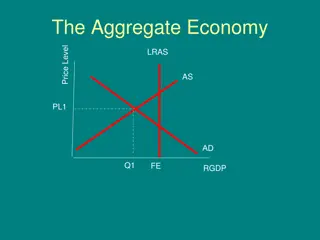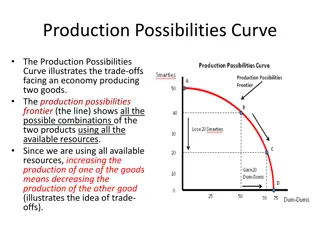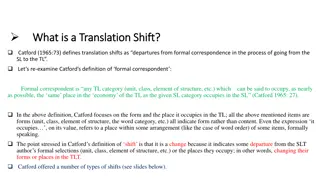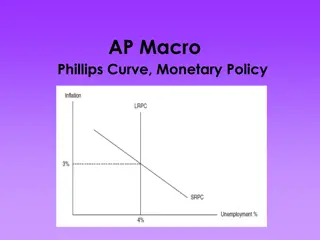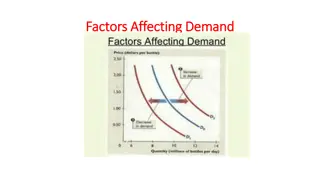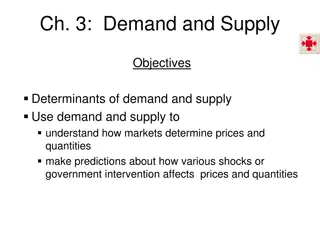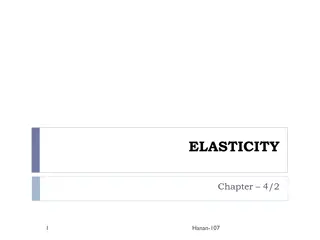Understanding Shifts in Demand Curve
This lesson explores factors that can cause a demand curve to shift, defining terms like Ceteris Paribus and identifying factors influencing demand. Shifts in the demand curve and examples of price influences are discussed, emphasizing the impact of factors beyond price on consumer behavior.
Download Presentation

Please find below an Image/Link to download the presentation.
The content on the website is provided AS IS for your information and personal use only. It may not be sold, licensed, or shared on other websites without obtaining consent from the author. Download presentation by click this link. If you encounter any issues during the download, it is possible that the publisher has removed the file from their server.
E N D
Presentation Transcript
Shifts of the Demand Curve In this lesson, students will identify factors which can cause a demand curve to shift. Students will be able to define and/or identify the following terms: Ceteris Paribus Shifts in the Demand Curve Factors that Cause a Demand Curve to Shift Complements
2/26/20 Provide an example of something you purchased at a demand.
While the price of a good influences a consumer s decision to purchase, it is not the only factor.
Ceteris Paribus Ceteris Paribus is a Latin phrase meaning that all other things are held constant. A demand curve assumes Ceteris Paribus or that only price is changing while all other things are held constant. In other words, a demand curve only looks at price. It does not consider other factors that influence demand.
As any parent will tell you, sometimes cereal is only bought for the toy inside.
Shifts in the Demand Curve When a demand curve shifts, it moves. Price can never shift a demand curve because price is in the demand curve. To shift a demand curve, it must be some factor other than price.
Certainly, an outbreak of Mad Cows Disease would decrease demand for beef at every price level.
Shift in the Demand Curve A change in price cannot shift a demand curve because the effects of changes in price are already built into the demand curve. However, factors other than price can shift the demand curve. Consumer tastes, advertising, the price of substitutes, the price of complements, and consumer expectations about future prices can shift the demand curve.
D is the original demand curve D1 is the demand curve after it has shifted. Notice that by shifting to the left, demand has decreased at every price level.
Here is a simple rule to remember: If the curve shifts left, left means less. Demand has decreased at every price level. If the curve shifts right, right means more. Demand has increased at every price level.
Factors that Can Shift a Demand Curve The following are factors that can shift a demand curve: Advertising Population Consumer Taste Consumer Expectations about Future Prices The Price of Complements The Price of Substitutes
The Baby Boom generation increased demand for goods at all price levels.
Advertising can increase demand at all price levels.
Complements are goods purchased together. If the price of the Game Cube rises, people will buy fewer games.
If we think the price of a popular good will drop, we will buy less at all price levels today and wait for the future lower price.
Questions for Reflection: State the Law of Demand. What is the relationship between the law of demand and Ceteris Paribus? Why can price not shift a demand curve? What factors can shift a demand curve? Provide an example of a complement. What happens when a demand curve shifts left? Right?





